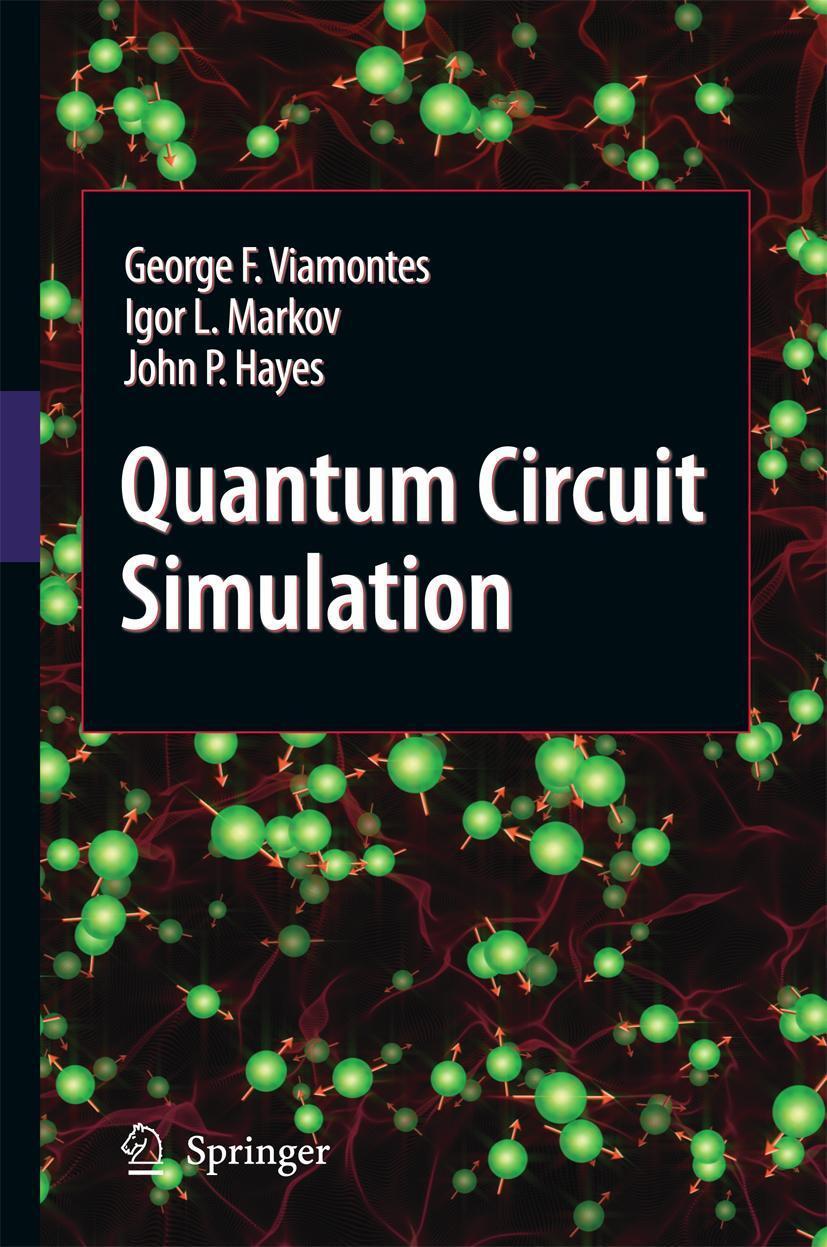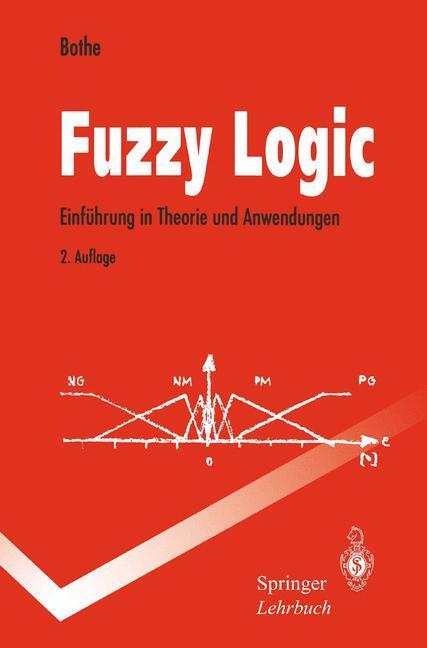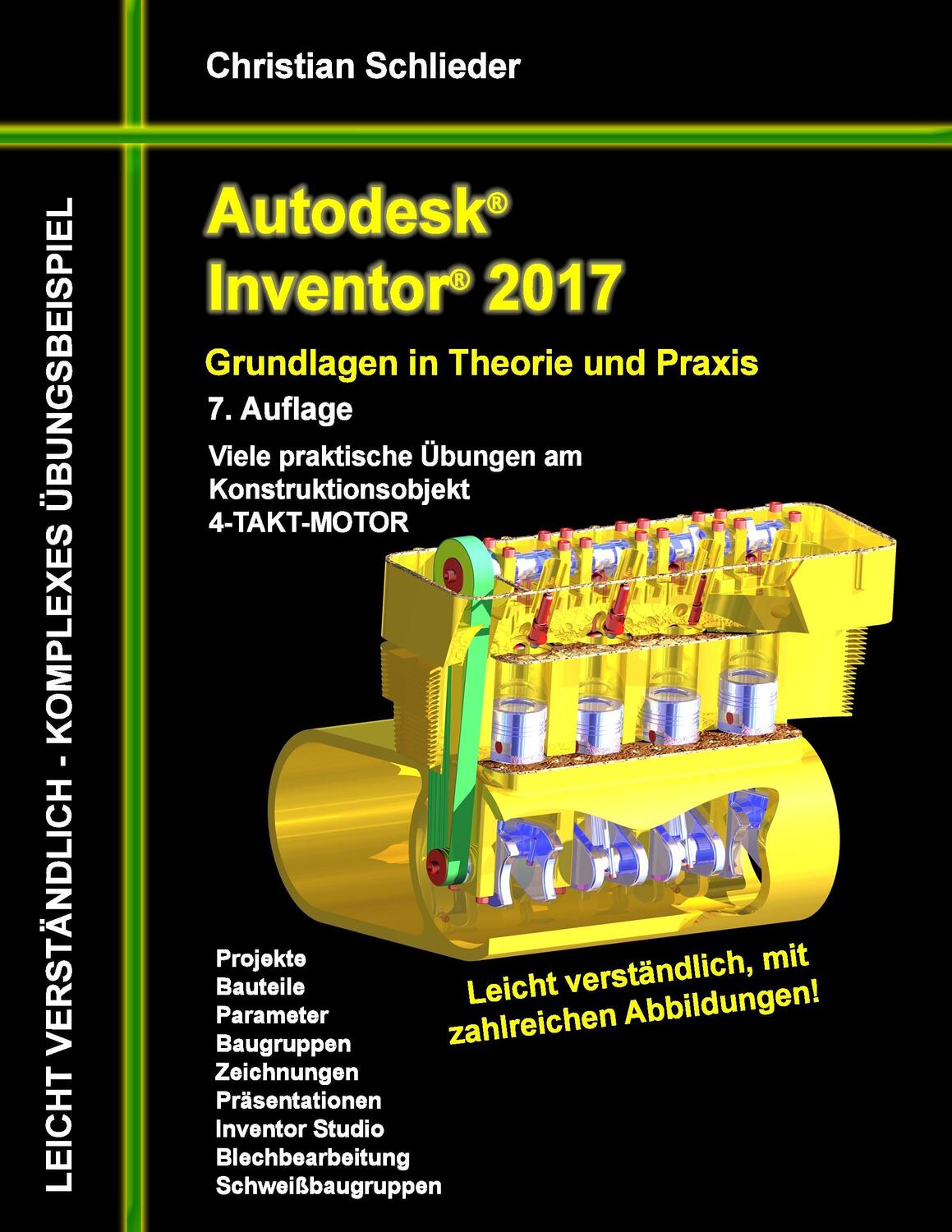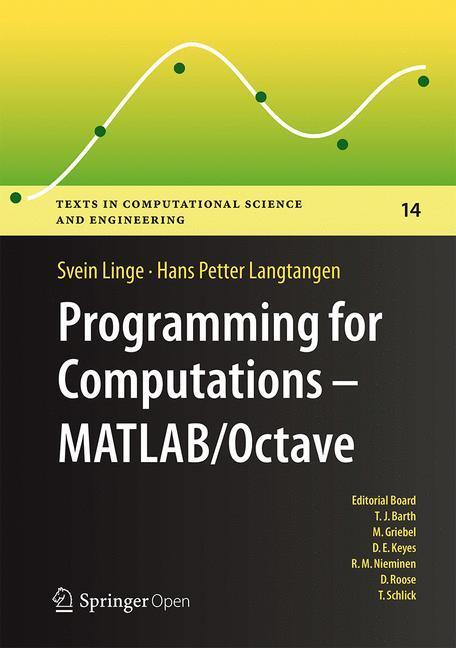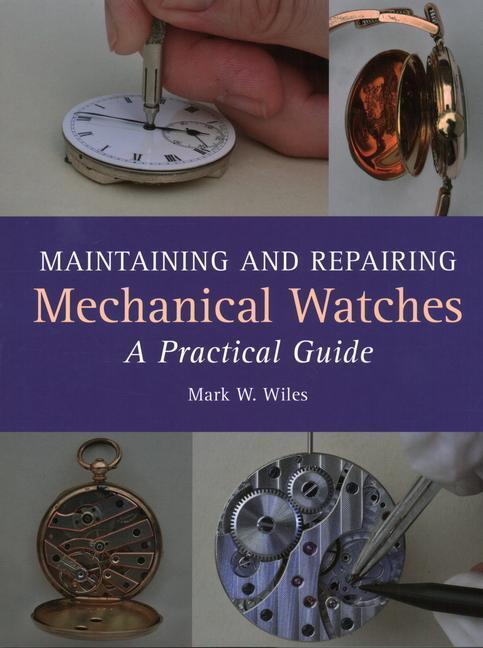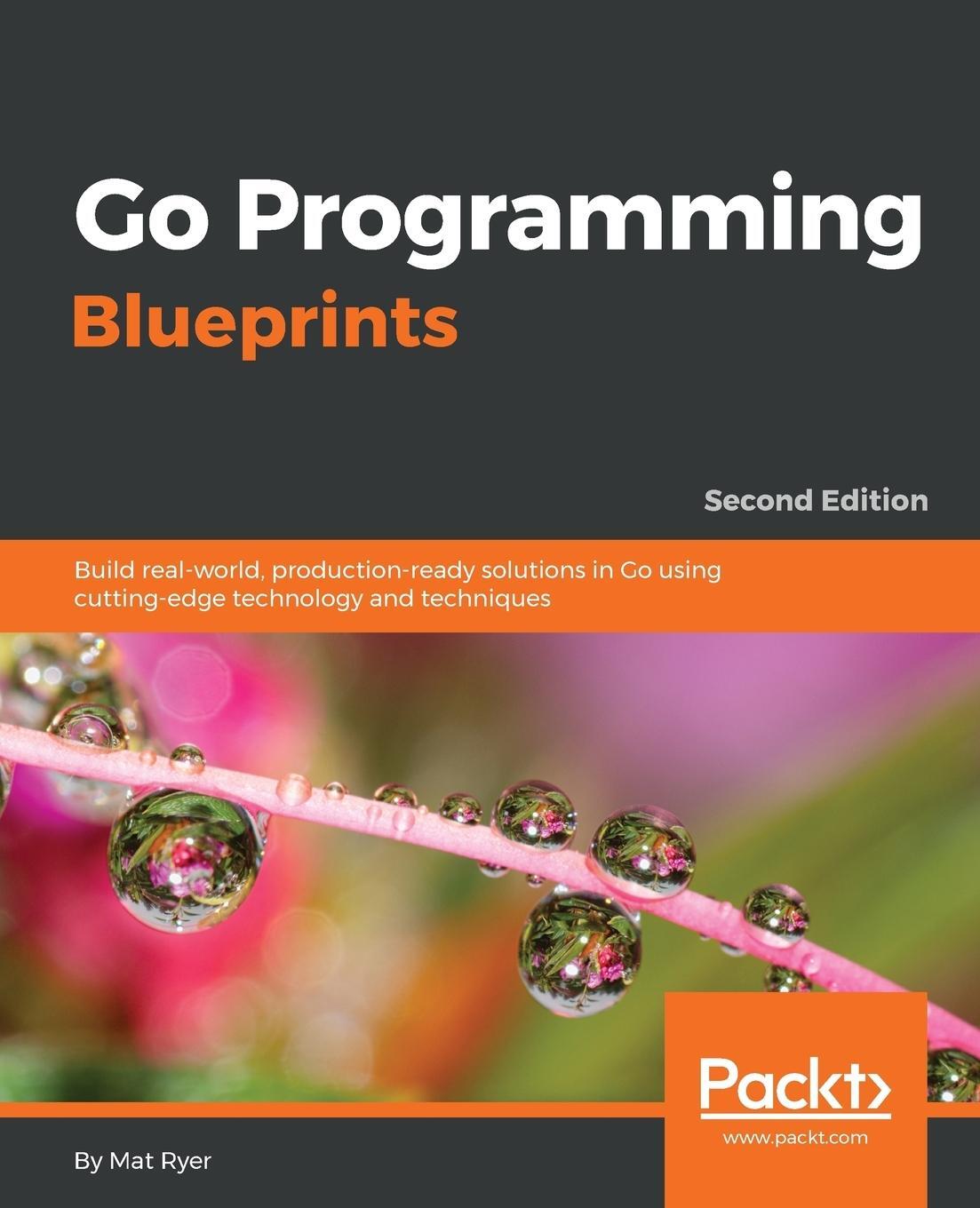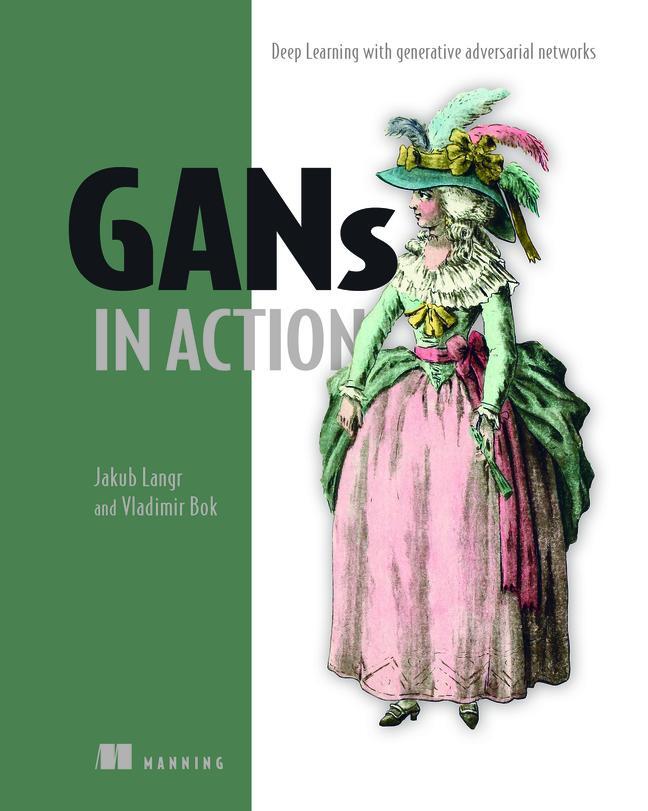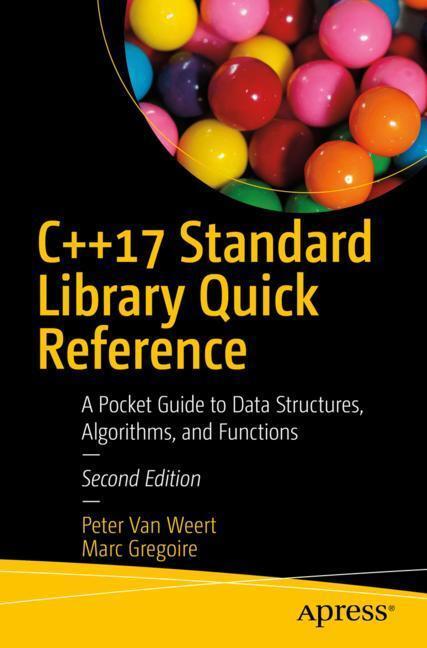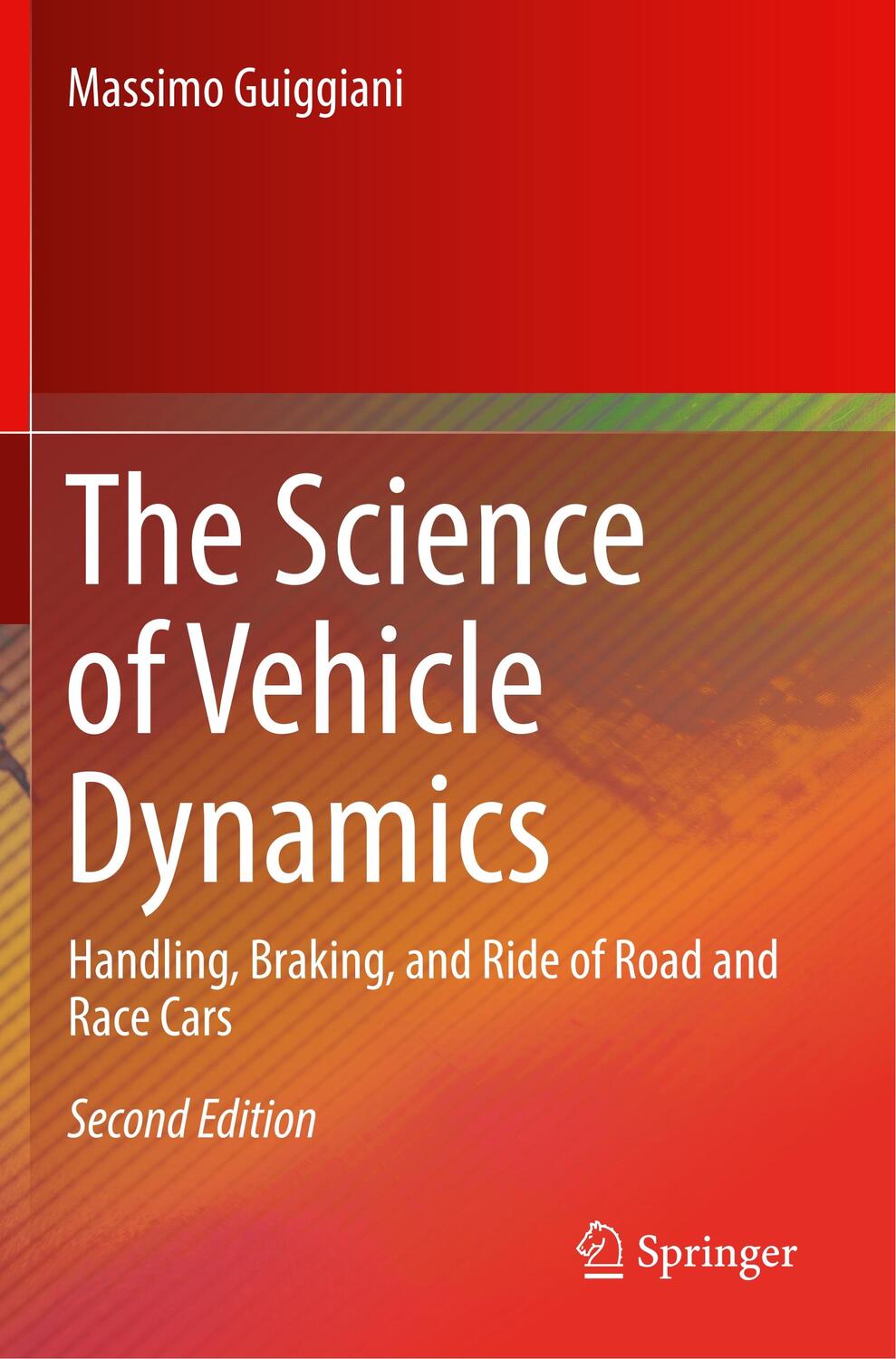114,50 €*
Versandkostenfrei per Post / DHL
Aktuell nicht verfügbar
Recent progress in atomic physics, semiconductors, and optical technologies lead to the need to control matter at an unprecedented scale. However, atoms, electrons and photons do not obey laws of classical physics and instead are governed by quantum mechanics. The formalism of quantum circuits promises to transform engineering disciplines the way digital circuits transformed computing, communications, control and measurement. A quantum circuit simulator implemented in software acts as a replacement of an actual quantum system and seeks to calculate the output from the inputs. This is a very difficult task, but researchers have achieved significant progress in many important special cases.
This self-contained book discusses both theoretical and practical aspects of simulating quantum circuits on conventional computers. Engineers can sanity-check and evaluate their designs through simulation before building hardware. Computer scientists can use simulation to compare quantum algorithms to conventional ones. Quantum Circuit Simulation covers the fundamentals of linear algebra and introduces basic concepts of quantum physics needed to understand quantum circuits and algorithms. It requires only basic familiarity with algebra, graph algorithms and computer engineering. After introducing necessary background, the authors describe key simulation techniques that have so far been scattered throughout the research literature in physics, computer science, and computer engineering. Quantum Circuit Simulation also illustrates the development of software for quantum simulation by example of the QuIDDPro package, which is freely available and can be used by students of quantum information as a "quantum calculator."
Recent progress in atomic physics, semiconductors, and optical technologies lead to the need to control matter at an unprecedented scale. However, atoms, electrons and photons do not obey laws of classical physics and instead are governed by quantum mechanics. The formalism of quantum circuits promises to transform engineering disciplines the way digital circuits transformed computing, communications, control and measurement. A quantum circuit simulator implemented in software acts as a replacement of an actual quantum system and seeks to calculate the output from the inputs. This is a very difficult task, but researchers have achieved significant progress in many important special cases.
This self-contained book discusses both theoretical and practical aspects of simulating quantum circuits on conventional computers. Engineers can sanity-check and evaluate their designs through simulation before building hardware. Computer scientists can use simulation to compare quantum algorithms to conventional ones. Quantum Circuit Simulation covers the fundamentals of linear algebra and introduces basic concepts of quantum physics needed to understand quantum circuits and algorithms. It requires only basic familiarity with algebra, graph algorithms and computer engineering. After introducing necessary background, the authors describe key simulation techniques that have so far been scattered throughout the research literature in physics, computer science, and computer engineering. Quantum Circuit Simulation also illustrates the development of software for quantum simulation by example of the QuIDDPro package, which is freely available and can be used by students of quantum information as a "quantum calculator."
George Viamontes has a Ph.D. in Computer Science and Enginering from the University of Michigan where his research was focused on quantum circuit simulation. Through a Department of Energy fellowship for high-performance computer science, he completed a portion of his graduate research at Los Alamos National Laboratory. Upon graduation, Dr. Viamontes spent a year at Lockheed Martin Advanced Technology Laboratories where he continued to work on quantum circuit simulation. Currently he develops and implements algorithms for high-frequency automated trading and continues to consult for Lockheed Martin on quantum computing projects.
Igor L. Markov is an associate professor of Electrical Engineering and Computer Science at the University of Michigan. He received his Ph.D. in Computer Science from UCLA. Currently he is a member of the Executive Board of ACM SIGDA, Editorial Board member of Communications of ACM, ACM TODAES, IEEE Transactions on Computers, IEEE Transactions on CAD, as well as IEEE Design & Test. Prof. Markov researches computers that make computers. He has co-authored two books and more than 160 refereed publications, some of which were honored by the best-paper awards at the Design Automation and Test in Europe Conference (DATE), the Int'l Symposium on Physical Design (ISPD) and IEEE Trans. on Computer-Aided Design. Prof. Markov is the recipient of a DAC Fellowship, an ACM SIGDA Outstanding New Faculty award, an NSF CAREER award, an IBM Partnership Award, and a Microsoft A. Richard Newton Breakthrough Research Award.
John P. Hayes received the B.E. degree from the National University of Ireland, Dublin, and the M.S. and Ph.D. degrees from the University of Illinois, Urbana-Champaign, all in electrical engineering. While at the University of Illinois, he participated in the design of the ILLIAC III computer. In 1970 he joined the Operations Research Group at the Shell Benelux Computing Center in TheHague, where he worked on mathematical programming and software development. From 1972 to 1982 he was a faculty member of the Departments of Electrical Engineering-Systems and Computer Science of the University of Southern California, Los Angeles. Since 1982 he has been with the Electrical Engineering and Computer Science Department of the University of Michigan, Ann Arbor, where he holds the Claude E. Shannon Endowed Chair in Engineering Science.
Gently introduces necessary background to describe quantum circuits
Uses consistent notation to cover key simulation techniques that so far have been scattered through publications in physics, engineering and computer science
Discusses in detail graph-based data structures for compactly representing quantum states and operators, as well as graph-based algorithms for manipulating quantum information
Surveys an innovative software system, called QuIDDPro, that can be used to describe and simulate quantum circuits; includes a user's manual and implementations of quantum algorithms
Discusses open challenges and research opportunities in quantum simulation
| Erscheinungsjahr: | 2009 |
|---|---|
| Fachbereich: | Nachrichtentechnik |
| Genre: | Technik |
| Rubrik: | Naturwissenschaften & Technik |
| Medium: | Buch |
| Seiten: | 190 |
| Inhalt: |
x
190 S. |
| ISBN-13: | 9789048130641 |
| ISBN-10: | 9048130646 |
| Sprache: | Englisch |
| Herstellernummer: | 12034253 |
| Einband: | Gebunden |
| Autor: |
Viamontes, George F
Markov, Igor L Hayes, John P |
| Auflage: | 2009 edition |
| Hersteller: |
Springer
Springer Netherland |
| Maße: | 243 x 164 x 25 mm |
| Von/Mit: | George F Viamontes (u. a.) |
| Erscheinungsdatum: | 01.12.2009 |
| Gewicht: | 0,451 kg |
George Viamontes has a Ph.D. in Computer Science and Enginering from the University of Michigan where his research was focused on quantum circuit simulation. Through a Department of Energy fellowship for high-performance computer science, he completed a portion of his graduate research at Los Alamos National Laboratory. Upon graduation, Dr. Viamontes spent a year at Lockheed Martin Advanced Technology Laboratories where he continued to work on quantum circuit simulation. Currently he develops and implements algorithms for high-frequency automated trading and continues to consult for Lockheed Martin on quantum computing projects.
Igor L. Markov is an associate professor of Electrical Engineering and Computer Science at the University of Michigan. He received his Ph.D. in Computer Science from UCLA. Currently he is a member of the Executive Board of ACM SIGDA, Editorial Board member of Communications of ACM, ACM TODAES, IEEE Transactions on Computers, IEEE Transactions on CAD, as well as IEEE Design & Test. Prof. Markov researches computers that make computers. He has co-authored two books and more than 160 refereed publications, some of which were honored by the best-paper awards at the Design Automation and Test in Europe Conference (DATE), the Int'l Symposium on Physical Design (ISPD) and IEEE Trans. on Computer-Aided Design. Prof. Markov is the recipient of a DAC Fellowship, an ACM SIGDA Outstanding New Faculty award, an NSF CAREER award, an IBM Partnership Award, and a Microsoft A. Richard Newton Breakthrough Research Award.
John P. Hayes received the B.E. degree from the National University of Ireland, Dublin, and the M.S. and Ph.D. degrees from the University of Illinois, Urbana-Champaign, all in electrical engineering. While at the University of Illinois, he participated in the design of the ILLIAC III computer. In 1970 he joined the Operations Research Group at the Shell Benelux Computing Center in TheHague, where he worked on mathematical programming and software development. From 1972 to 1982 he was a faculty member of the Departments of Electrical Engineering-Systems and Computer Science of the University of Southern California, Los Angeles. Since 1982 he has been with the Electrical Engineering and Computer Science Department of the University of Michigan, Ann Arbor, where he holds the Claude E. Shannon Endowed Chair in Engineering Science.
Gently introduces necessary background to describe quantum circuits
Uses consistent notation to cover key simulation techniques that so far have been scattered through publications in physics, engineering and computer science
Discusses in detail graph-based data structures for compactly representing quantum states and operators, as well as graph-based algorithms for manipulating quantum information
Surveys an innovative software system, called QuIDDPro, that can be used to describe and simulate quantum circuits; includes a user's manual and implementations of quantum algorithms
Discusses open challenges and research opportunities in quantum simulation
| Erscheinungsjahr: | 2009 |
|---|---|
| Fachbereich: | Nachrichtentechnik |
| Genre: | Technik |
| Rubrik: | Naturwissenschaften & Technik |
| Medium: | Buch |
| Seiten: | 190 |
| Inhalt: |
x
190 S. |
| ISBN-13: | 9789048130641 |
| ISBN-10: | 9048130646 |
| Sprache: | Englisch |
| Herstellernummer: | 12034253 |
| Einband: | Gebunden |
| Autor: |
Viamontes, George F
Markov, Igor L Hayes, John P |
| Auflage: | 2009 edition |
| Hersteller: |
Springer
Springer Netherland |
| Maße: | 243 x 164 x 25 mm |
| Von/Mit: | George F Viamontes (u. a.) |
| Erscheinungsdatum: | 01.12.2009 |
| Gewicht: | 0,451 kg |

